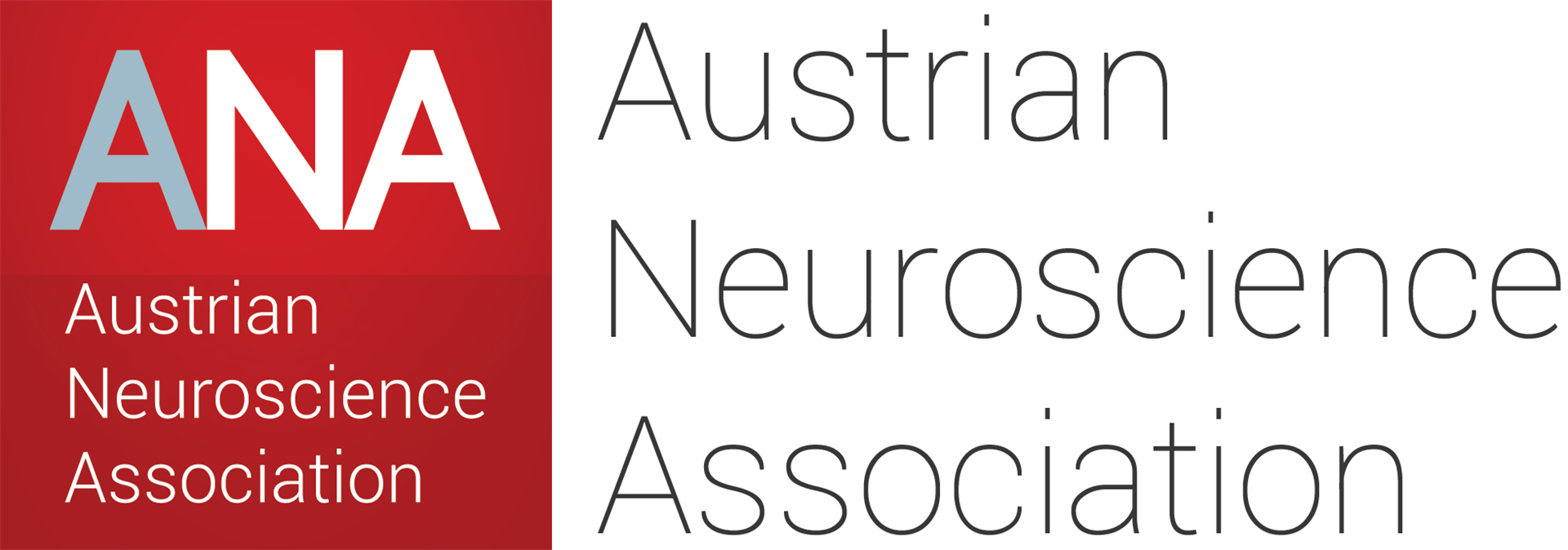To be honest, as of half a year ago, I didn’t know anything about the Cajal Neuroscience Training Programme and all the different courses that it has to offer. One day while I was reading the FENS newsletter I came across the “training” page and decided to have a look. When I saw the title “Neuroinflammation and how to study it” my first thought was “I really need to attend this course”! Of course it was not solely up to my insatiable desire – the whole process consists of applying and hoping that your application will be one of the 20 that will be entitled to participate in the course. Being as objective as possible, I have to say that attending this course was one of the best things that happen during my so far scientific career. This course literally exceeded my expectations.
Over the last years it has become clear that the brain mounts inflammatory responses, mediated locally by glial populations including microglia and astrocytes. Once ignored, microglia, the resident immune cells of the central nervous system (CNS), have recently taken center stage in research for their roles in CNS health and disease. New molecular tools and mouse models of disease are increasingly implicating microglia as a key player in conditions ranging from neurodevelopmental disorders such as autism to neurodegenerative disorders such as Alzheimer’s disease and chronic pain.
As more and more data emerge from genome wide association studies of neurodegenerative and neuropsychiatric conditions it is evident that neuroinflammation is a key player in brain function and dysfunction. As a result there has been an explosion of interest in neuroinflammation and in the tools available to study these processes in the brain. To reach this challenging goal, expertise in neuroimmunology is necessary in order to identify the cellular and molecular mechanisms of neuroinflammation and to understand how it participates to brain disease.
Based on this necessity for becoming familiar with as many tools as possible, the directors of the course (Colm Cunningham, Sophie Layé, Agnès Nadjar, and Andy Greenhalgh) did an excellent job. They managed to include in a period of 2 weeks as many different techniques as possible. And of course in order to become comfortable with a technique you need to try it yourself! A team of expert instructors made sure that we would all become familiar with the techniques. Hands-on practical training complemented the introduction to each of them. The training laboratories were fully dedicated to the course and equipped with the appropriate infrastructure for molecular and cellular biology, histology, electrophysiology, cell-sorting, high-resolution imaging and computers for all analyses.
During the first week we all got training in 4 different techniques:
1) Isolation and identification of microglia from the mouse brain using FACS.
2) Isolation of microglia using magnetic separation (MACS)
3) Accessing of online transcriptomic databases and performing pathway analysis.
4) Use of immunohistochemistry in order to distinguish infiltrating monocytes from resident microglia.
These techniques were applied on consecutive days, working in small groups (4-5 people per group), and by the end of the week we were able to analyse acute neuroinflammatory changes occurring across 4 days in a mouse model of neuroinflammation.
During the second week, the attendees had to choose 1 out of 5 more specialised techniques. These methods included:
1) Preparation of microglia from induced pluripotent stem cells (IPSCs)
2) In vitro phagocytosis assays
3) 2-photon microscopic analysis of microglial motility,
4) Different approaches to produce quality immunohistochemistry
5) Electrophysiological effects of neuroinflammation.
Based on our preference, we spent 3-4 days learning thoroughly one particular method. Unfortunately, there are experiments / techniques that cannot be applied in one day. The directors decided and arranged the schedule in a way that during the first week we would rotate between labs and perform experiments that can be finished in one day, while the second week we would focus only on one method that needs more time and effort to become familiar with.
Except for the lab training, this intensive course also brought together many of the pioneers in this field as well as emerging leaders in a series of authoritative seminars. We all had the opportunity to interact with the speakers over informal discussions, friendly lunches and dinners. This is an opportunity that you mainly don’t have during conferences. The time is usually limited or somehow you hesitate to approach and talk to the keynote speakers of a conference / symposium.
For detailed information regarding the instructors and the speakers of this course, please visit: https://www.fens.org/Training/CAJAL-programme/CAJAL-courses-2018/NHSI-2018/
Overall, the specific Cajal course was a unique opportunity to undertake appropriate skills, broaden my educational background and interact with other scientists working on this field. It is quite hard for 20 people (plus the team of instructors) to get along so well! Since day 1 we all felt so comfortable by the friendly atmosphere that we ended up working and collaborating like we knew each other for years.
I realise that the costs for attending this workshop are high and maybe some colleagues do not have the funding to participate in a course like that. That was my case as well! And I am really grateful for the generous support from the Austrian Neuroscience Association (ANA) and the “Staff Training programme” of the Medical University of Graz, which made it possible for me to attend the course. The list of the courses offered during 2019 is already online (https://www.fens.org/Training/CAJAL-programme/CAJAL-courses-2019/). My only advice is the following: “Apply”!!
